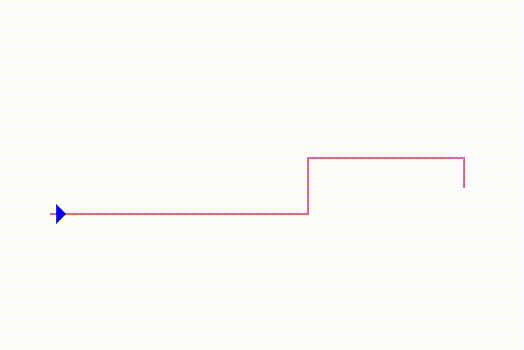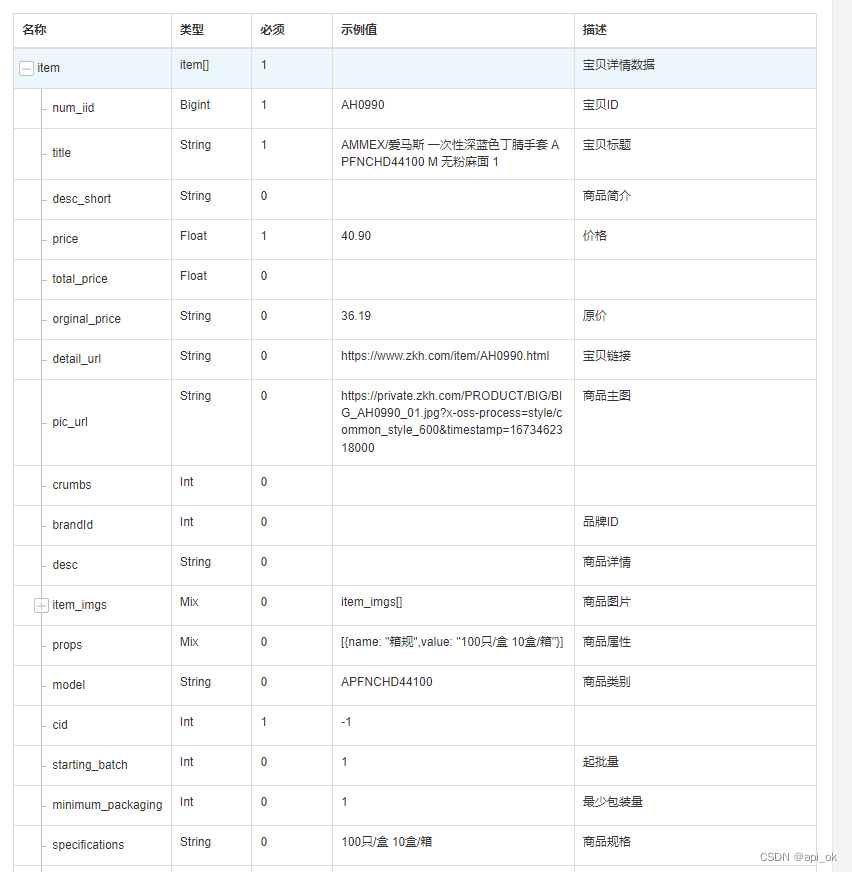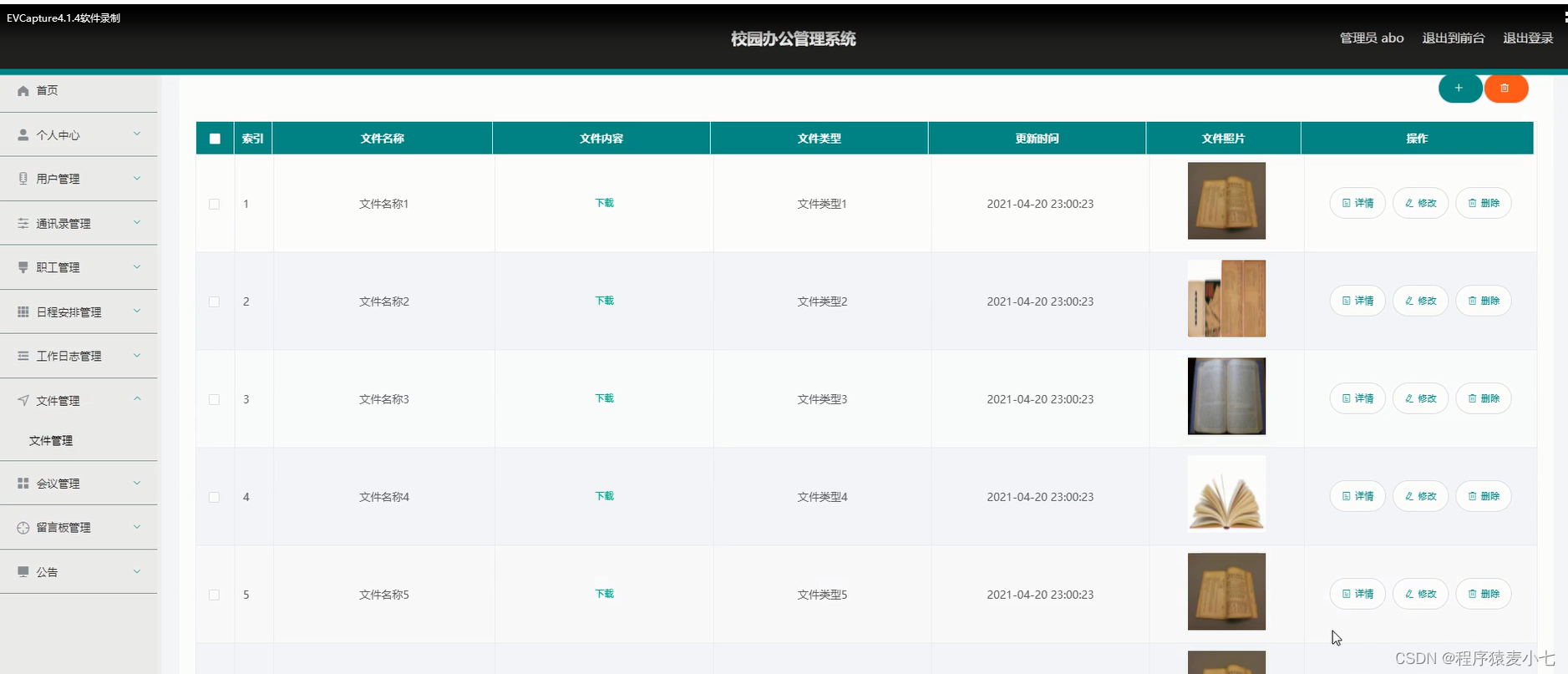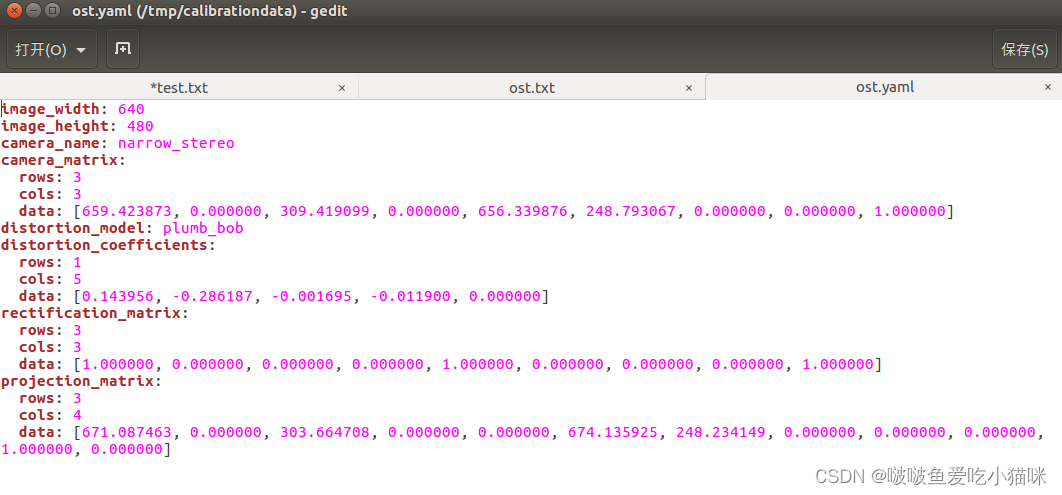索引
- 文件描述符分配规则
- 重定向
- 缓冲区
- 1.什么是缓冲区
- 2.缓冲区在哪里
- 重定向
- 源码模拟实现缓冲区原理
- 带重定向的简易版Xshell
- 标准输入和标准错误
文件描述符分配规则
文件描述符的分配规则
从头遍历数组fd_array[],找到一个最小的,没有被使用的下标,分配给新的文件。
int main()7 {8 close(0);9 int fd = open("log.txt", O_WRONLY | O_CREAT | O_TRUNC, 0666);10 if(fd < 0) {11 perror("open");12 return 1;13 }14 15 16 17 fprintf(stdout, "打开文件成功, fd : %d\n", fd);//将特定的字符串格式化写到特定的流中18 close(fd);19 return 0;20 }如上所示,如果我们一开始将文件描述符0关掉,那么此时我们打开"log.txt’系统会为其分配的文件描述符为0

再看一个例子
如果此时我们将fd = 1 关闭,此时1这个文件描述符就会给新的文件log.txt
正常情况下如果我们cat log.txt的时候会打印出内容,因为我们在一开始关闭了显示器的标准stdout,然后再打开log.txt的时候其文件描述符会被自动填充为stdout.
但是运行之后发现

显示不出来,此时如果在源码中加上fflush(stdout)发现就可以cat log.txt就可以打印出来了

这是为什么呢?
先看下面的重定向和缓冲区的理解
重定向
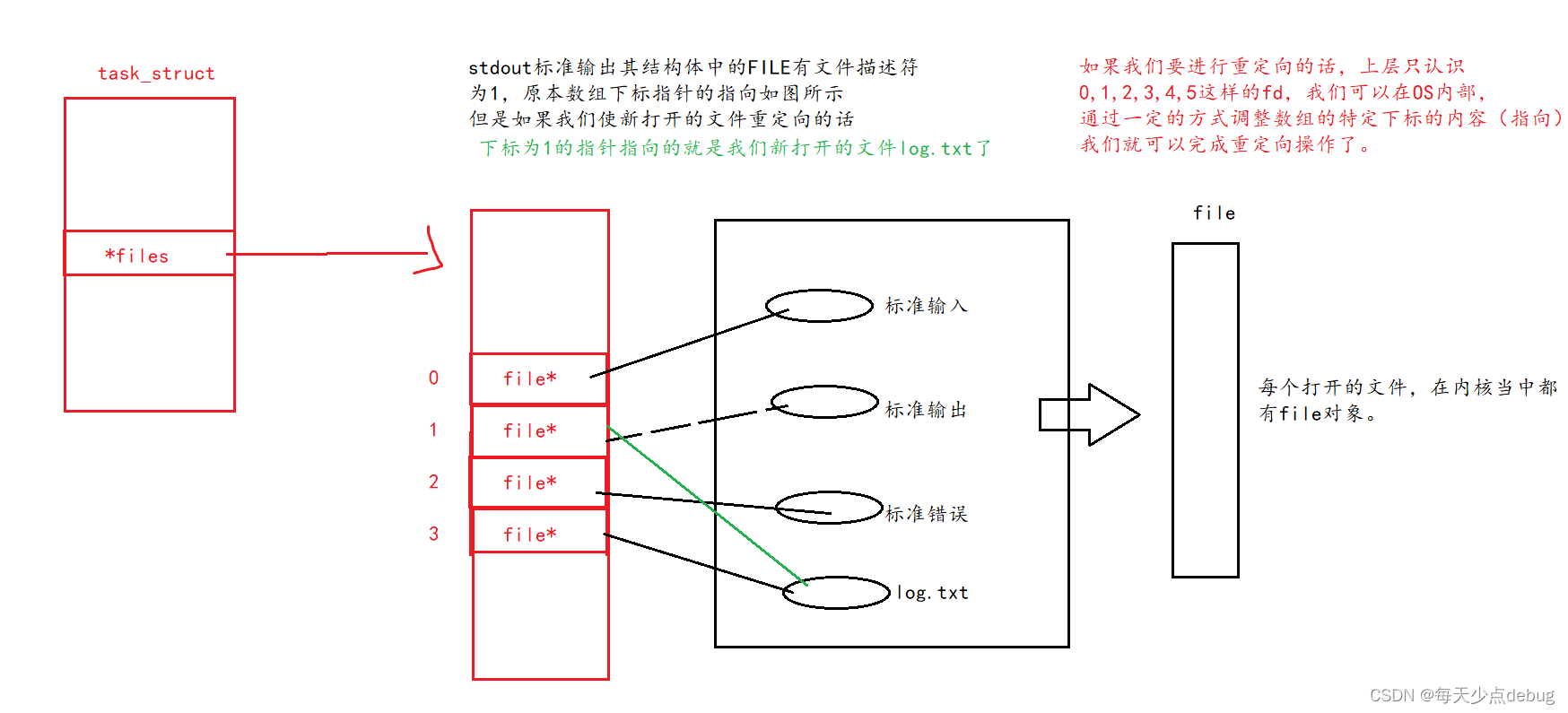
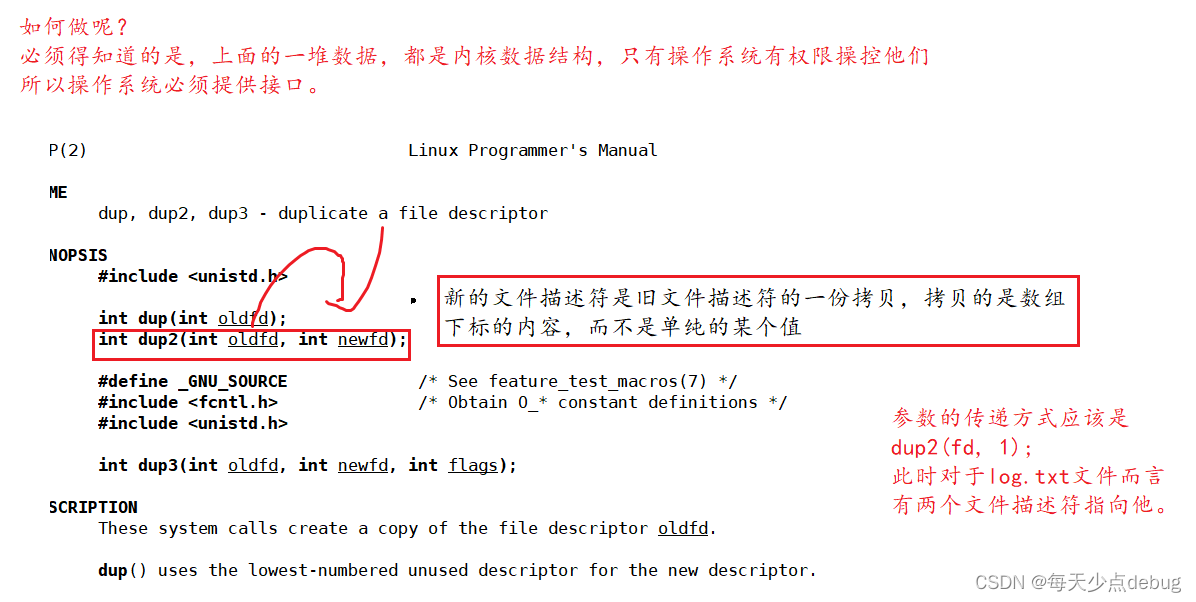
所以也就不难理解追加重定向了,追加重定向就是将打开文件的方式修改一下。

输入从定向,就是dup2(fd, 0)
缓冲区
1.什么是缓冲区
缓冲区的本质:就是一段内存
- 解放使用缓冲区的进程时间
- 缓冲区的存在集中处理数据刷新,减少IO的次数,从而达到提高整机效率的目的
2.缓冲区在哪里
先看一段代码
1 #include<stdio.h>2 #include<sys/types.h>3 #include<sys/stat.h>4 #include<fcntl.h>5 #include<unistd.h>6 #include<string.h>7 int main()8 {9 printf("hello printf");//printf默认输出时候的文件描述符是1
W> 10 const char *msg = "hello write";11 write(1, msg, strlen(msg));//将msg写到标准输入中12 13 sleep(5);
此时发现先输出hello write 五秒钟之后再输出hello printf
printf("hello printf");//printf默认输出时候的文件描述符是110 fprintf(stdout, "hello fprintf");11 fputs("hello fputs", stdout); 12 const char *msg = "hello write";13 14 write(1, msg, strlen(msg));//将msg写到标准输入中15 16 sleep(5);将代码改成上述发现还是跟原来的现象一样,hello write先打印出来,然后再打印出printf fprintf fputs 的内容
为什么会这样?
可以证明是有缓冲区的,printf和fprintf fputs都是封装了write系统调用接口的,所以缓冲区必然不在write中
发现三个C语言接口的函数都有一个共同点,都有stdout,
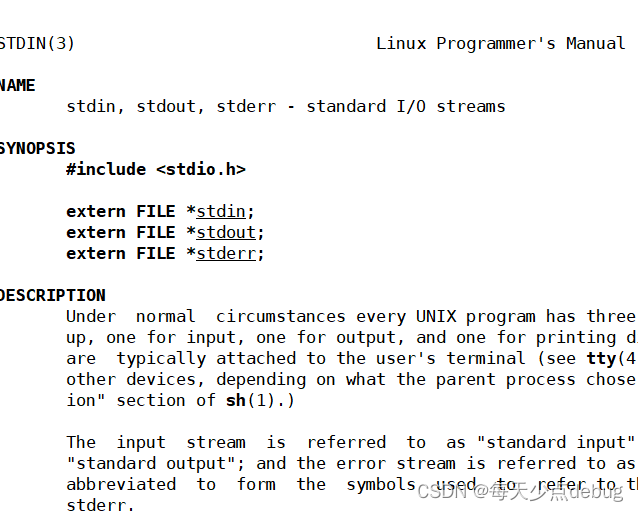
stdout是FILE类型,其是一个结构体,而在结构体中除了有文件描述符外,还有语言级别的缓冲区。
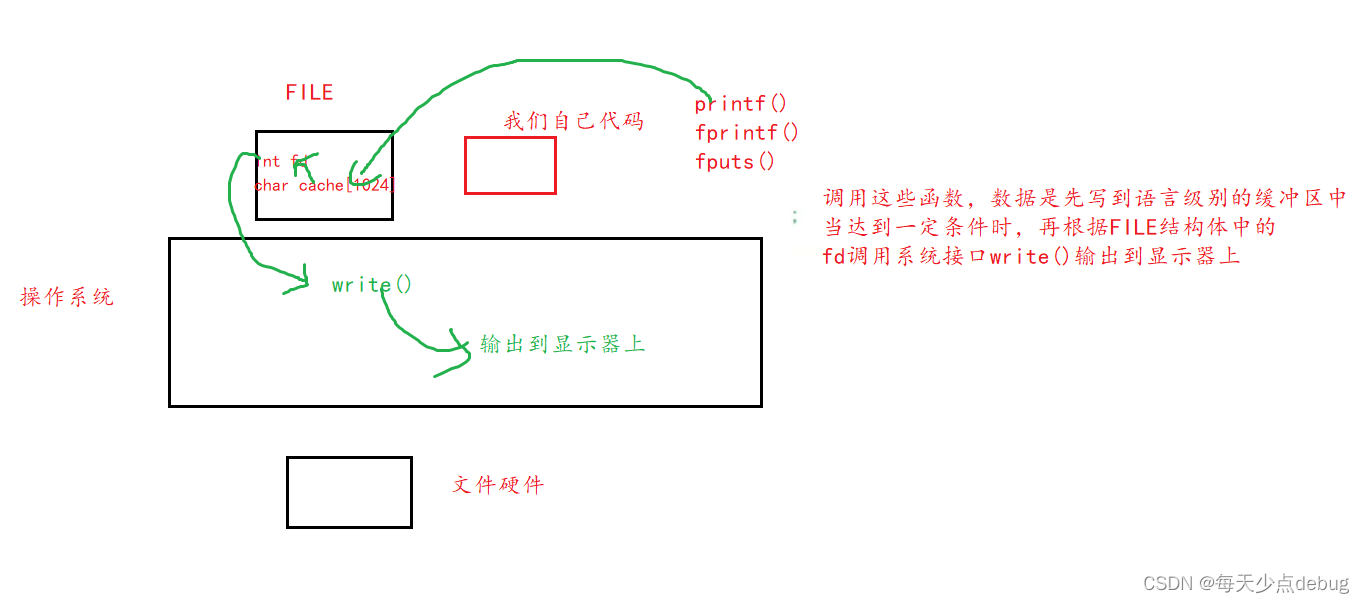
所以缓冲区是语言级别的缓冲区
什么时候刷新?
常规
无缓冲(立即刷新)
行缓冲(逐行刷新,显示器的文件)
全缓冲(缓冲区满刷新)这个对应的是磁盘文件
特殊
进程退出,C语言的强制刷新
用户强制刷新 fflush
重定向
提问:如果在刷新之前,关闭了fd会有什么影响
先看不关闭fd时候的重定向
19 int fd = open("log.txt", O_WRONLY | O_CREAT | O_TRUNC, 0666);20 if(fd < 0) {21 perror("open");22 return 1;23 }24 dup2(fd, 1);25 26 printf("hello printf");//printf默认输出时候的文件描述符是127 fprintf(stdout, "hello fprintf");28 fputs("hello fputs", stdout);29 const char *msg = "hello write";30 write(1, msg, strlen(msg));

如果我们在刷新之前关闭的话
printf("hello printf");//printf默认输出时候的文件描述符是127 fprintf(stdout, "hello fprintf");28 fputs("hello fputs", stdout);29 const char *msg = "hello write";30 write(1, msg, strlen(msg));31 close(1);

此时发现log.txt中只有write写入的内容,再一次证明了上述我们的结论,调用C语言的文件接口,就是通过fd找到对应的write,如果fd关闭了,就无法再显示了。
现在就可以理解最开始的问题了,如果将标准输出重定向到log.txt,关闭了fd之后就无法刷新了
再看一段代码
const char *str1 = "hello printf\n";11 const char *str2 = "hello fprintf\n";12 const char *str3 = "hello fputs\n";13 const char *str4 = "hello write\n";
W> 14 printf(str1);
W> 15 fprintf(stdout, str2);16 fputs(str3, stdout);17 //系统接口18 write(1, str4, strlen(str4));19 //调用结束上面的代码,执行fork20 fork();上述代码的话,运行后的结果是
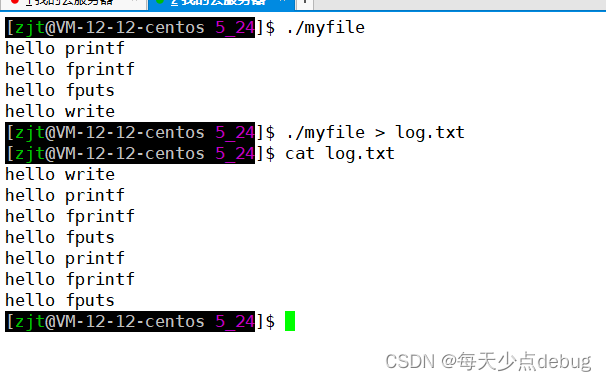
发现添加了重定向之后,此时代码打印是7行,其中C语言接口的函数各打印两条,write无论何种情况都只打印一条,为什么呢?
**代码的最后fork创建了子进程,父子进程代码共享,数据起初也是共享的,因为我们将打印的结果重定向到log.txt了,而log.txt是一个磁盘文件,其刷新的条件是当缓冲区满的时,或者是进程退出的时候,会清空缓冲区,而无论父子进程谁先发生清空,数据都要发生写实拷贝,所以父进程刷新一份数据,子进程刷新一份数据,就是两份数据了,所以才会出现上述情况。
源码模拟实现缓冲区原理
#include<stdio.h>
#include<unistd.h>
#include<stdlib.h>
#include<string.h>
#include<sys/types.h>
#include<sys/stat.h>
#include<fcntl.h>
#include<assert.h>#define NUM 1024#define NONE_FLUSH 0x0 //没有刷新
#define LINE_FLUSH 0x1 //行刷新
#define FULL_FLUSH 0x2 //全满才刷新typedef struct _MyFILE {int _fileno;char _buffer[NUM];int _end;int _flags; //刷新方式
}MyFILE;MyFILE *my_open(const char *filename, const char *method)
{assert(filename);assert(method);int flag = O_RDONLY;if(strcmp(method, "r") == 0){} else if(strcmp(method, "r+") == 0) {} else if(strcmp(method, "w") == 0) {flag = O_WRONLY | O_CREAT | O_TRUNC;} else if(strcmp(method, "w+") == 0) {} else if(strcmp(method, "a") == 0) {} else if(strcmp(method, "a+") == 0) {} else {perror("open error!\n");}int fileno = open(filename, flag, 0666);if(fileno < 0) {return NULL;}MyFILE *fp = (MyFILE*)malloc(sizeof(MyFILE));if(fp == NULL) {return fp;}memset(fp, 0, sizeof(MyFILE));fp->_fileno = fileno;fp->_flags |= LINE_FLUSH;fp->_end = 0;return fp;}
void my_fflush(MyFILE *fp)
{assert(fp);if(fp->_end > 0) {write(fp->_fileno, fp->_buffer, fp->_end);fp->_end = 0;syncfs(fp->_fileno);//将数据从内存刷新到磁盘}
}
void my_fwrite(MyFILE *fp, const char *start, int len)
{assert(fp);assert(start);assert(len);//写到缓冲区中strncpy(fp->_buffer+fp->_end, start, len);fp->_end += len;if(fp->_flags & NONE_FLUSH) {} else if(fp->_flags & LINE_FLUSH) {if(fp->_end > 0 && fp->_buffer[fp->_end-1] == '\n') {//仅仅是写到内核中write(fp->_fileno, fp->_buffer, fp->_end);fp->_end = 0;syncfs(fp->_fileno);}} else if (fp->_flags & FULL_FLUSH) {}}void my_fclose(MyFILE *fp)
{my_fflush(fp);close(fp->_fileno);free(fp);fp = NULL;
}int main()
{MyFILE *fp = my_open("log.txt", "w");if(fp == NULL){perror("my_open error\n");return 1;}// const char *s = "hello zjt\n";// my_fwrite(fp, s, strlen(s));// printf("消息立即刷新");// sleep(3);// // const char *ss = "hello zhang";// my_fwrite(fp, ss, strlen(ss));// printf("写入了一个不满足条件的字符串\n");// sleep(3);// const char *sss = "hello jun";// my_fwrite(fp, ss, strlen(sss));// printf("写入了一个不满足条件的字符串\n");// my_fflush(fp); const char *s = "bbbbb-";my_fwrite(fp, s, strlen(s));printf("写入了一个不满足刷新条件的字符串\n");//fork();my_fclose(fp);return 0;
}
最后几行代码如果不加fork()

将fork()注释解除之后

在fork()函数创建子进程之后,此时因为我们的字符串没有\n 所以其是不支持刷新的,fork()创建子进程之后,父子进程代码数据共享,无论父子进程哪个先调用my_fclose(),其都会清空缓冲区,另外一个进程都会发生写实拷贝,所以父进程刷新一份数据,子进程刷新一份数据
带重定向的简易版Xshell
#include <stdio.h>
#include <string.h>
#include <stdlib.h>
#include <unistd.h>
#include <sys/types.h>
#include <sys/wait.h>
#include <sys/stat.h>
#include <fcntl.h>
#include <assert.h>
#include <ctype.h>// #define BUG 1
#define SEP " "
#define NUM 1024
#define SIZE 128#define DROP_SPACE(s) \do \{ \while (isspace(*s)) \s++; \} while (0)char command_line[NUM];
char *command_args[SIZE];char env_buffer[NUM]; // 为了测试#define NONE_REDIR -1
#define INPUT_REDIR 0
#define OUTPUT_REDIR 1
#define APPEND_REDIR 2int g_redir_flag = NONE_REDIR;
char *g_redir_filename = NULL;extern char **environ;
void CheckDir(char *commands)
{assert(commands);char *start = commands;char *end = commands + strlen(commands);while (start < end){if (*start == '>'){// 有可能是重定向,也可能是追加重定向if (*(start + 1) == '>'){// 追加重定向// ls -a -l >> log.txt*start = '\0';start += 2;g_redir_flag = APPEND_REDIR;DROP_SPACE(start); // 防止用户加空格g_redir_filename = start;break;}else{// ls -a -l > log.txt输出重定向*start = '\0';start++;DROP_SPACE(start);g_redir_flag = OUTPUT_REDIR;g_redir_filename = start;break;}}else if (*start == '<'){// 输出重定向*start = '\0';start++;DROP_SPACE(start);g_redir_filename = start;g_redir_flag = INPUT_REDIR;break;}else{start++;}}
}
int ChangDir(char *newdir)
{chdir(newdir);return 0;
}
int PutEnvMyshell(char *newenv)
{putenv(newenv); // 导出环境变量
}
int main()
{// shell本质上是一个死循环while (1){g_redir_flag = NONE_REDIR; // 每一次循环都要重新定义g_redir_filename = NULL;// 1.显示提示符printf("[zjt@1270.0.1 当前目录]# ");fflush(stdout);// 获取用户输入memset(command_line, '\0', sizeof(command_line) * sizeof(char));fgets(command_line, NUM, stdin); // 键盘,标准输入stdin,获取到的字符串是c风格的字符串以'\0'结尾command_line[strlen(command_line) - 1] = '\0'; // 清空\nCheckDir(command_line); // 检查路径// 3.字符串切分command_args[0] = strtok(command_line, SEP);int index = 1;// 给ls命令添加颜色if (strcmp(command_args[0], "ls") == 0){command_args[index++] = (char *)"--color=auto";}// strtok截取成功,返回字符串起始地址// 截取失败,返回NULLwhile (command_args[index++] = strtok(NULL, SEP));#ifdef BUGfor (int i = 0; i < index; i++){printf("%d : %s\n", i, command_args[i]);}
#endif// 内建命令的编写if (strcmp(command_args[0], "cd") == 0 && command_args[1] != NULL){ChangDir(command_args[1]); // 让调用方进行路径切换,父进程continue;}if (strcmp(command_args[0], "export") == 0 && command_args[1] != NULL){// 目前环境变量信息在command_line,会被清空// 所以我们要自己保存一下环境变量的内容strcpy(env_buffer, command_args[1]);PutEnvMyshell(env_buffer);continue;}// 创建进程执行pid_t id = fork();if (id == 0){int fd = -1;switch (g_redir_flag){case NONE_REDIR:break;case INPUT_REDIR:fd = open(g_redir_filename, O_RDONLY);dup2(fd, 0);break;case OUTPUT_REDIR:fd = open(g_redir_filename, O_WRONLY | O_CREAT | O_TRUNC);dup2(fd, 1);break;case APPEND_REDIR:fd = open(g_redir_filename, O_WRONLY | O_CREAT | O_APPEND);dup2(fd, 1);break;default:perror("Bug\n?");break;}// child// 程序替换execvp(command_args[0], command_args);exit(1); // 执行到这里,子进程一定替换失败}int status = 0;pid_t ret = waitpid(id, &status, 0);if (ret > 0){printf("执行命令成功! sig: %d, code : %d\n", status & 0x7F, (status >> 8) & 0xFF);}}return 0;
}标准输入和标准错误
#include <iostream>
int main()
{// stdoutprintf("hello printf 1\n");fprintf(stdout, "hello fprintf 1\n");fputs("hello fputs 1\n", stdout);// stderrfprintf(stderr, "hello fprintf 2\n");fputs("hello fputs 2\n", stderr);perror("hello perror 2");// coutstd::cout << "hello cout 1" << std::endl;// cerrstd::cerr << "hello cerr 2" << std::endl;return 0;
}先看代码,代码运行后的结果如下所示:

这个没问题,但是当我们将显示结果重定向后

发现并不是所有的显示结果都会重定向到文件中

如果这样操作的话,此时显示结果被分别重定向到了不同的文件中
为什么呢?
因为默认重定向的话只是将fd = 1的stdout重定向到文本文件中,如果需要重定向标准错误的话需要显示的写
所以上述重定向的标准写法应该是这样的
./a.out 1 > stdout.txt 2>stderr.txt
这么做的意义何在呢?
可以区分哪些是程序的日常输出,哪些是错误!
那么能不能将标准输出和标准错误重定向到一个文件中呢?可以,如何做呢?
[外链图片转存失败,源站可能有防盗链机制,建议将图片保存下来直接上传(img-4TGdyG0N-1685098168077)(null)]
可以注意到上述的perror在输出之后还打印出了success 为什么呢?
perror也是一个库函数,这个函数内部会自己获取errno的值,调用这个函数会直接把错误提示符打印出来,此外,我们也可以在错误提示字符串前添加一些自己想要打印的信息
什么是errno?
errno是一个全局变量,记录最近一次C库函数调用失败原因
我们可以自己实现一下perror
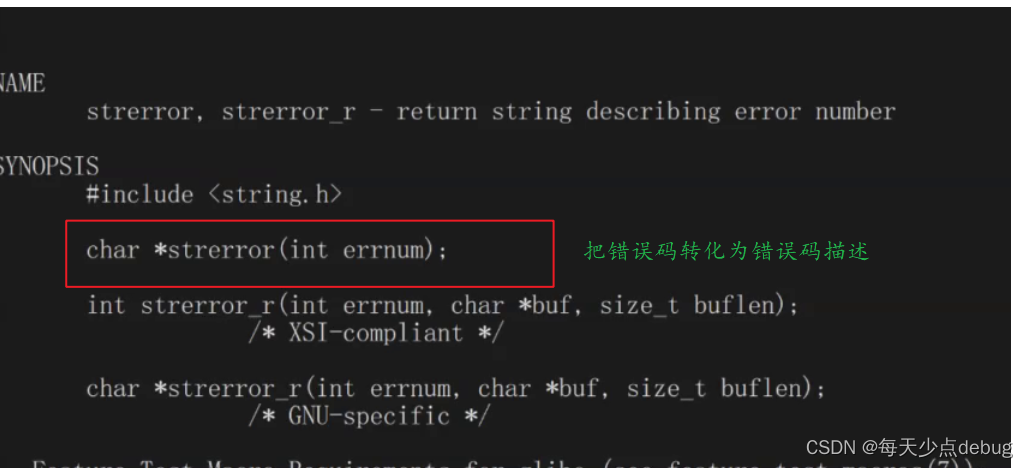
void my_perror(const char *info)
{fprintf(stderr," %s: %s \n", info, strerror(errno));
}
int main()
{int fd = open("log.txt", O_RDONLY);//此时必定是失败的if(fd < 0){// perror("open");my_perror("open");return 1;}return 0;

**万字长文结束,我本身是c++ 和Linux的,欢迎互相交流 **

